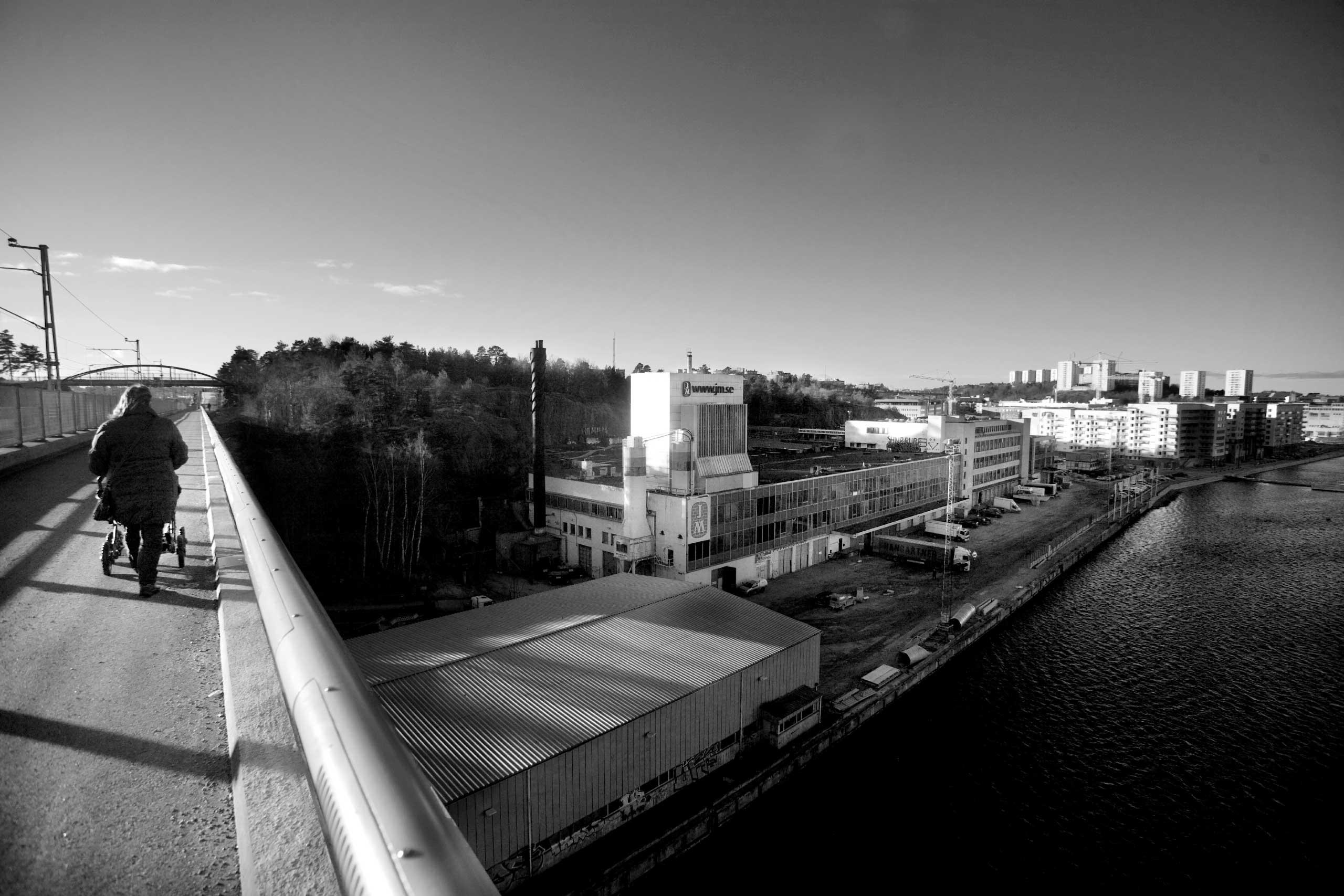1950s: JM grows and helps build the welfare state. US culture influences Sweden, and Swedish design flourishes. The standard of housing rises with a focus on families, and new areas are built around the Work-Residence-City Center principle (ABC-principen). JM introduces townhouses and semi-detached houses and starts to build Ella Gård in Täby, which sets a new standard for the development of modern residential areas.
1950s and 1960s: Sweden experiences an enormous building boom through the Million Program, the objective of which was to build one million homes in ten years. JM holds a central role in this project but focuses on quality, layouts, and comfort for residents instead of building fastest and cheapest. This is a key factor of success for JM and the strategy that influences the company for decades going forward.
JM helps build Hötorgscity and Wennergren Center in Stockholm and Kolmården Wildlife Park in Norrköping. John Mattson sells the construction operations to AB Industrivärden in 1965 and continues as chair of the Board of Directors until 1979. During this period, the company grows through a long list of acquisitions and establishes operations in Belgium.
1970s: IKEA influences the Swedish home, and JM builds, among other things, Kulturhuset in Stockholm.
1980s: Postmodernism makes inroads into architecture, and JM creates new residential areas such as Södra Station in Stockholm. JM is listed on the stock market in 1982.
1990s: JM invests in the quality of the homes with a focus on light, space and healthy materials. JM acquires the Norwegian construction company Byggholt AS and establishes operations in Norway and Denmark.
